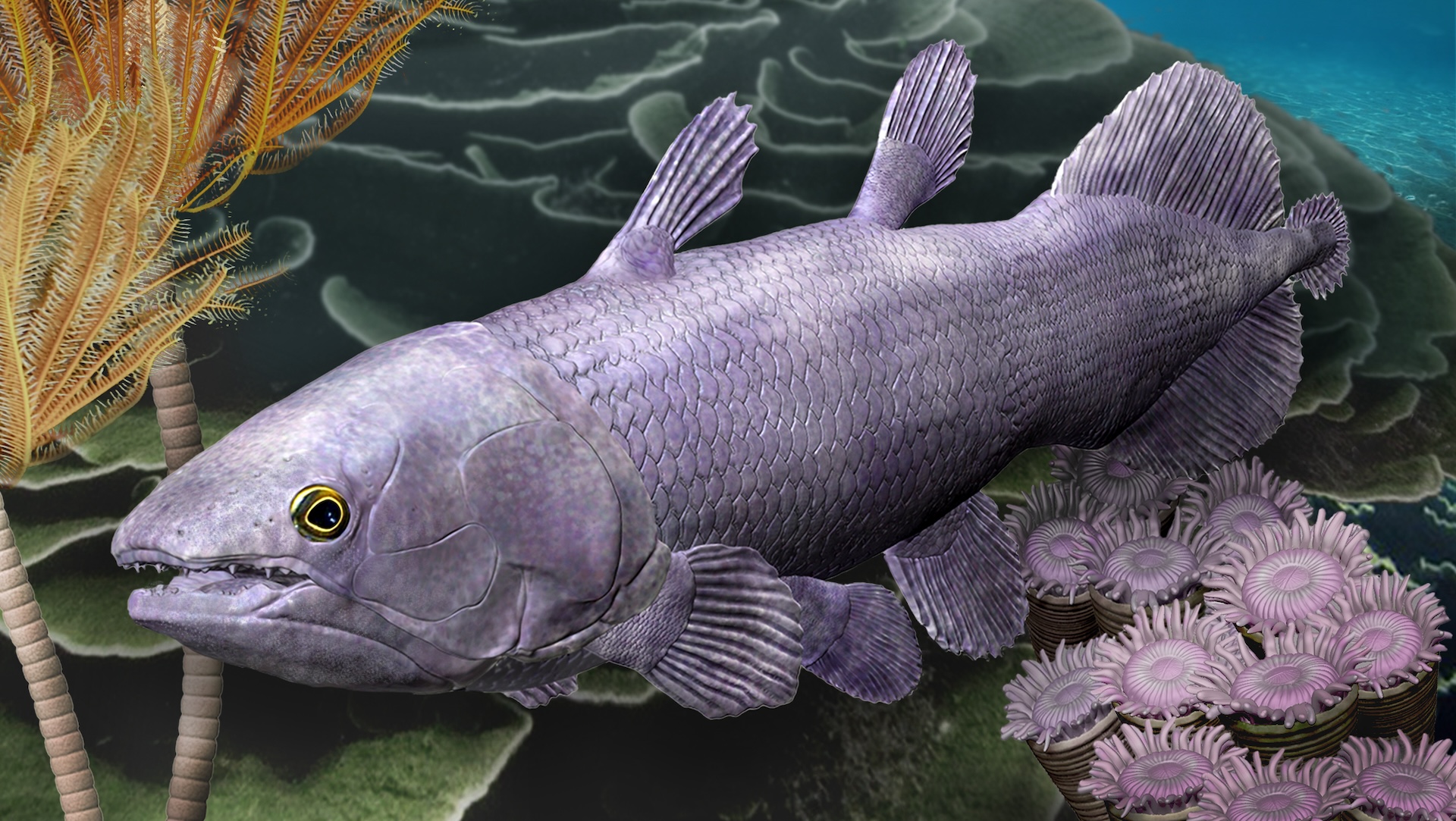Sustainability, Vol. 15, Pages 9052: Assessment and Factor Diagnosis of Water Resource Vulnerability in Arid Inland River Basin: A Case Study of Shule River Basin, China
Sustainability doi: 10.3390/su15119052
Authors: Lanzhen Wu Chen Qian Yilin Shen Dongyuan Sun
Water resources in arid and semi-arid inland regions are highly vulnerable, facing threats from global climate change and human activities. Ensuring water resource sustainability requires scientifically evaluating the vulnerability of water resources and its driving factors. Taking the Shule River Basin, an inland river in northwest China, as an example, this study established an assessment system considering 16 influencing factors based on three aspects, including natural vulnerability, anthropogenic vulnerability, and carrying capacity vulnerability. The mature-element fuzzy model based on comprehensive weight and the Delphi method were used to evaluate the water resource vulnerability of the basin from 2005 to 2021. The results were as follows: (1) The water resource vulnerability in the Shule River Basin was between severe and moderate from 2005 to 2021, with a trend towards severe vulnerability. (2) The barrier analysis at the index level shows that factors of natural vulnerability had a low impact on water resource vulnerability in the basin from 2005 to 2019 but exerted a greater impact in 2020–2021, an impact that was far higher than that caused by factors of man-made vulnerability and water resource vulnerability. The impact of factors of anthropogenic vulnerability on water resource vulnerability was relatively low in the entire study period, except in 2016, 2017, 2020, and 2021. In 2005–2010, the factors of bearing capacity vulnerability had a great impact on water resource vulnerability, but in 2011–2021, the impact was alleviated and was gradually reduced. (3) Among the 16 factors affecting water resource vulnerability, the obstacle degree was higher than 6.5% for the following factors: the ratio of irrigation water use on farmland, the annual precipitation, total water resources, the annual quantity of wastewater effluent, the urbanization rate, the surface water control rate, and the degree of groundwater resource amount, exploration, and utilization obstacle values.

 1 year ago
38
1 year ago
38


